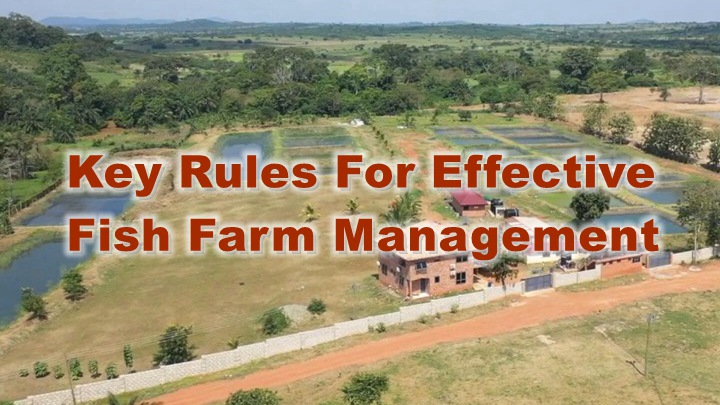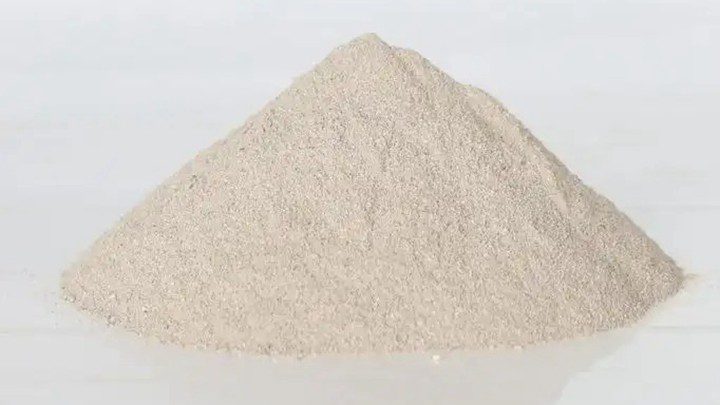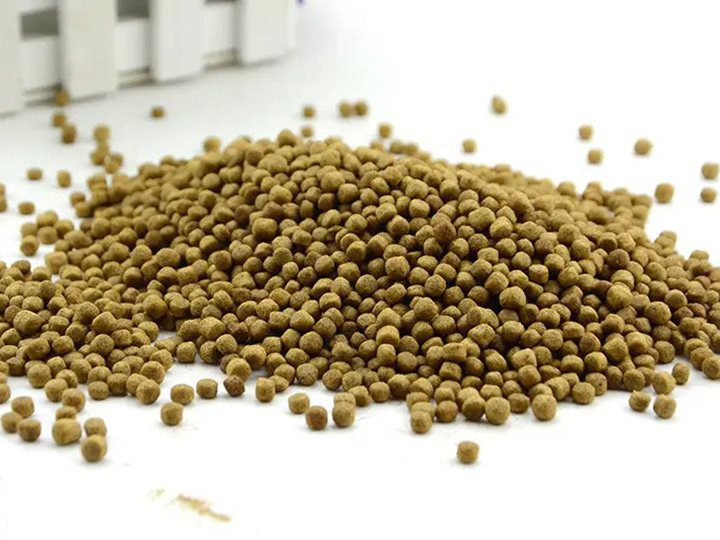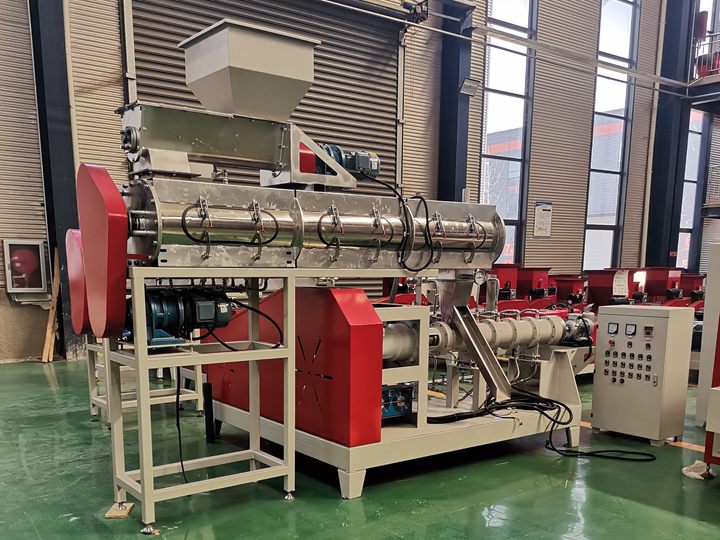Fish farming or Pisciculture involves the commercial breeding of fish, usually for food, in fish tanks or artificial enclosures such as fish ponds. Fish farming is quite a process. As mentioned earlier, we expertly guide you from when you choose the area where you want to keep the fish to the final stage where you market it. Selling fresh fish is another thriving and profitable fishing business that anyone can start. Currently, fish farming is the fastest-growing area of animal feed production.
- 1. Key rules for successful fish farm management
- 2. Water quality management for more production
- 3. Selecting the right fish species to reduce the production cost
- 4. Fish feeding and management tips for more production
- 5. Strategies to reduce food costs in fish farming.
- 6. High-quality floating fish feed extruder
- 7. Learn the skills required for successful fish farming
- 8. Key rules for success in the fish farming business
- 9. Fish growth tips for reducing production cost
- 10. Management practices for reducing production costs in fish farming
- 11. Effective market analysis in fish farming
- Conclusion Fish Farm Management
1. Key rules for successful fish farm management
Fish farms serve the purpose of rearing fish for commercial and residential sales. Fish farms make money by selling their farmed livestock. If your fish farm allows customers to catch their fish, you can also charge for fishing equipment, access to fishing ponds, and fish cleaning services.
Fish farming is developing as a better employment option. Fish farming is the fastestgrowing food production sector in the world. Hence, fish and fishrelated products are in high demand worldwide. Fish farming has a vital role in the economy. It offers many employment opportunities in ancillary services and operations. This business demands careful daily supervision, skill, and specialized knowledge.
A fish farm is a place and base for a fish culture that meets the everyday needs of fish at various stages of fish life, growth, development, and commercial fish farm breeding, and for production management, integrated utilization, promotion of work efficiency, and should be in favor of economic benefits. Only in this way can innovative fish farms lay the foundation for increasing both production and income, creating economic efficiency and providing a favorable environmental environment.
2. Water quality management for more production
Water quality management is very important in aquaculture, as farmed fish are highly sensitive to changes in parameters such as toxins, pH, temperature, and gas presence. Therefore, water quality must be monitored and controlled to maintain fish health, production, and quality. Fish need water quality to survive and grow. Quality water has no contaminants, is high in dissolved oxygen, and does not contain excessive organic matter.
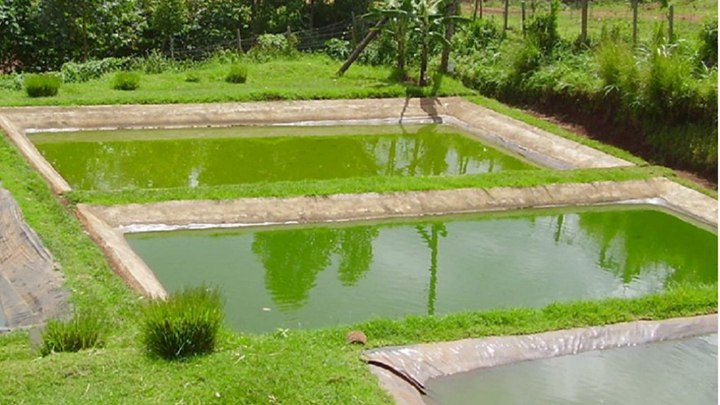
Pond fencing is required to prevent livestock from trampling the pond edges, which causes pond shallowing, muddy water, and loss of fish. Water quality is the most important factor influencing fish health and performance in aquaculture production systems. Good water quality refers to what the fish want, not what we think the fish want. It means that we must thoroughly understand the water quality requirements of fish under culture. Fish survive and completely depend on the water they live in for all their needs.
3. Selecting the right fish species to reduce the production cost
After finalizing the type of fish farm to be used for raising fish, selecting and farming only aquatic species that complement the biomes is important. To maintain a healthy fish farm, choose species that can help maintain a healthy ecosystem. The spread of non-native and invasive species can lead to the hybridization or complete elimination of native species from a habitat. The most important fish used worldwide are carp, salmon, tilapia, and catfish. Wide varieties of these fish are suitable for farming in all climatic conditions.
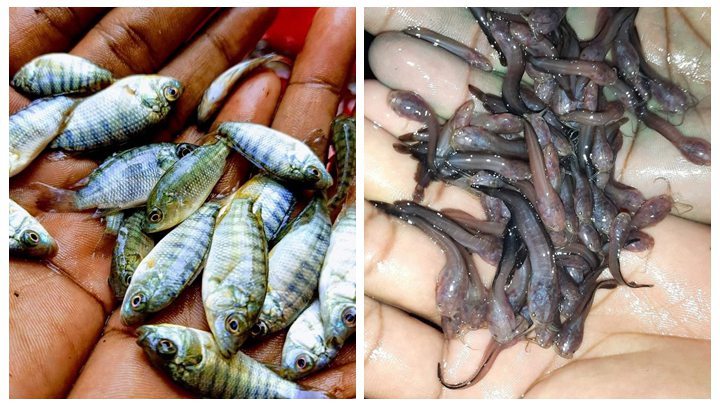
Popular farmed fish species are Catfish, Atlantic Cod, Grass Carp, Roho Fish, Salmon, Silver Carp, Tilapia, and Tuna. Choosing the right fish species plays an important role in the success of a fish farming business. The decision should be based on maintenance, market demand, management, resource availability, etc
4. Fish feeding and management tips for more production
Fish require some important things that play an important role in their survival, and some of them are food, proper lighting, and electricity, among others. You can reduce the cost of using electricity all the time by using glasshouses that can help provide enough light for the fish. In addition, feeding plays an important role in fish farming Providing your fish with nutritious, fresh, high-quality food is essential for proper growth.
The highquality fish meal helps increase fish production, thus keeping the fish healthy. All types of fish are expected to be fed multiple times. In addition, some potassium permanganate solutions, salt, and chemicals can also help prevent and remove diseases from fish ponds. To achieve high fish production, keeping your pond environment clean is advisable.
5. Strategies to reduce food costs in fish farming.
Strategies to reduce feed costs by improving fish gut health and nutrient utilization in aquaculture. Use of probiotics to modulate gut microflora using selected bacteria. Supplement with exogenous enzymes to improve digestibility. All ponds produce some natural food for fish, but sometimes it’s not enough to get the fish you want. Supplemental feed is usually not required, but a fish meal may be beneficial when the crop demand is high or larger fish are desired.
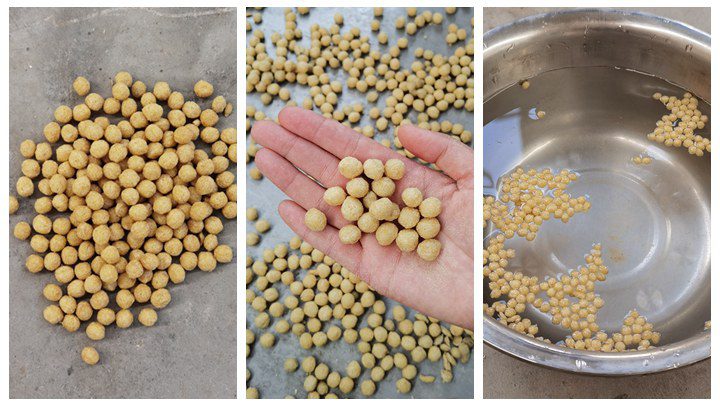
Fish food formulated in pellet form is very common and is available in sinking or floating form. Floating pellets are beneficial because the person feeding the fish can see if the fish is eating or not as the feed floats. However, artificial feeding will also increase the weight of the fish.
Quality of feed intake also plays an important role in maintaining culture and stock quality. Recommended feeding times are between 11 am and 4 pm; always feed the fish simultaneously and place them in your pond. You can “call” fish by knocking on the feed bucket or making a sound. The fish will quickly learn when and where to get the feed.
At the beginning of your feeding session, try to attract the fish to the feeding area by throwing only a small amount of feed over a large pond area. Evaluating feed efficiency by considering multiple characteristics is both efficient and practical. Some characteristics to consider include:
- Feed efficiency
- Increase rate of growth
- Overall quality
- Digestibility
- Health and immune support
- Reduction in medication costs
- Maintenance of water quality
- The quality and integrity of selected feed will vary for different species and life stages. Formulating feed correctly will help ensure the best animal and farm results.
6. High-quality floating fish feed extruder
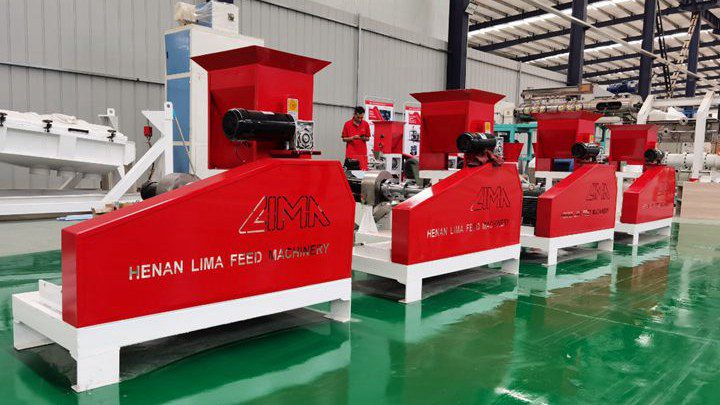
The fish feed processed by our floating fish feed pelleting machine has the advantages of high hardness, smooth surface, complete internal ripening, good palatability, etc. It can effectively improve the digestion and absorption of nutrients in the feed pellet. Users can also choose different discharge apertures according to the needs of their own fish groups to obtain the best economic benefits.
There are various models of our fish food pellet machine, from 40kg/h to 3-4 tons per hour. As for 40kg/h to 300kg/h fish feed extruder, which can be powered by an electric motor or a diesel engine. This machine is very suitable for small and medium fish farms. We provide different molds for making different sizes of fish feed, from 0.8mm to 12mm.
7. Learn the skills required for successful fish farming
Certain skills are essential when starting a fish farming business. Some government-run farms run training programs. You can attend these types of programs to learn skills. Also, we can learn skills by working on a successful fish farm. It will teach you about disease control, water quality management, marketing, feeding, and processing. While starting a fish farming business, we need to pay attention to some important things. They are given below.
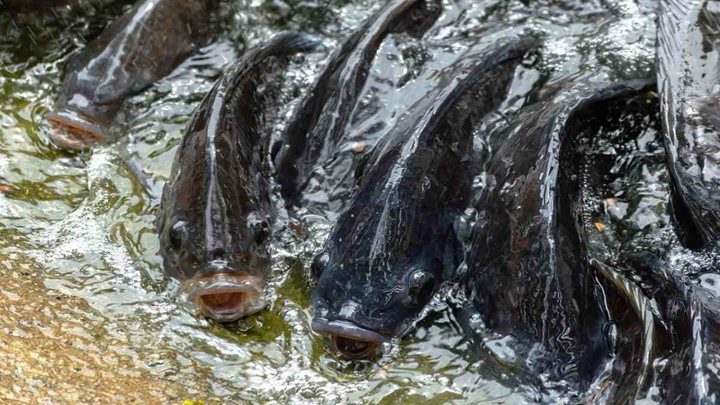
- Ensure you have consistent water quality.
- Check if the water temperature is suitable for breeding fish.
- Easy access to the fish pond for harvesting and feeding.
- Test the water if you are starting fish farming both bacteriologically and chemically.
- Understand modern technical ways of risk management and risk assessment.
- It is important to locate reliable suppliers for fingerlings, fish eggs, and fish feed.
- Learn about the permits and legal compliance required to start a fish farming business in your area.
8. Key rules for success in the fish farming business
- Success in aquaculture requires hard work and commitment.
- Recognize that fish are living animals and must be treated.
- Human resources, management skills, and a drive are essential to success.
- When learning about aquaculture, start small to minimize the risk of loss.
- Produce high-quality products at a high price and provide good service.
- Business experience and knowledge required.
- Marketing your fish is where the money is made.
- Aquaculture is a high-risk business.
- It also takes a long time to profit from aquaculture.
- Work only with proven fish production technology.
9. Fish growth tips for reducing production cost
- Healthy fish growth requires proper supervision, continuous monitoring, and management. Timely renovation, stocking of appropriate size of fish seed, species ratio, and stocking number control the rate of growth of fish culture in pre- and post-monsoon months.
- Proper management is critical to maintain the proper growth of fish. Timely rehabilitation, stocking of appropriate size of fish seed, species ratio, and stocking rate control the growth rate of fish.
- Management under fish farming includes pre-stocking and post-stocking management, depending on weather/climate conditions to minimize unavoidable risk.
10. Management practices for reducing production costs in fish farming
- Regular monitoring of water levels and water levels and water quality.
- An adequate supply of supplementary feed to fish for proper growth.
- Periodic netting to check fish health and growth.
- Maintain input-output register for cost-benefit in fish culture.
- Prioritize periodic harvesting to promote growth and cultivate fish as a cash crop.
- Do not store feed for too long.
- Avoid overfeeding and underfeeding the fish
- Do not differentiate between feedings.
- Add organic and inorganic fertilizers as needed to maintain natural nutrients in the pond.
11. Effective market analysis in fish farming
During the market analysis, fish farmers need to know the popular types of fish in the local market, the current supply and market demand of the fish market, the overall consumption situation, the development policies of fish farming, and so on. Need to know about the practical analysis of the market is very important for business operations. Through a strong analysis foundation, fish farm entrepreneurs can be fully aware of the factors influencing demand, take advantage of potential markets and manage product distribution rationally.
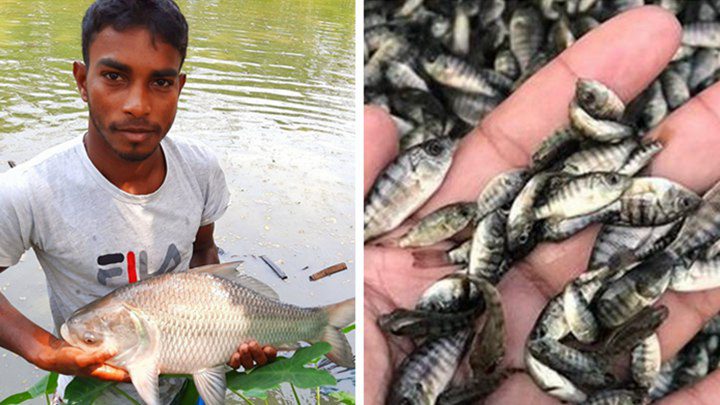
At the same time, minimizing errors can help improve scientific and decision-making accuracy. In a word, entrepreneurs can better understand the proportional relationship between the supply and demand of fish in the market, adopt the right business strategy, and meet the market demand. The detailed market of local fish farming can increase economic benefits through analysis.
Conclusion Fish Farm Management
Fish farming is rearing organisms that live commercially in water in controlled or semi-controlled environments to increase productivity. Although starting a fish farm is the same for small and large-scale farmers, you only need fingers and a pond in small-scale farming. This step-by-step procedure will help you identify the best species you can farm and also guide you on the different feeds to give your fish and how to prepare your fish farm properly.

